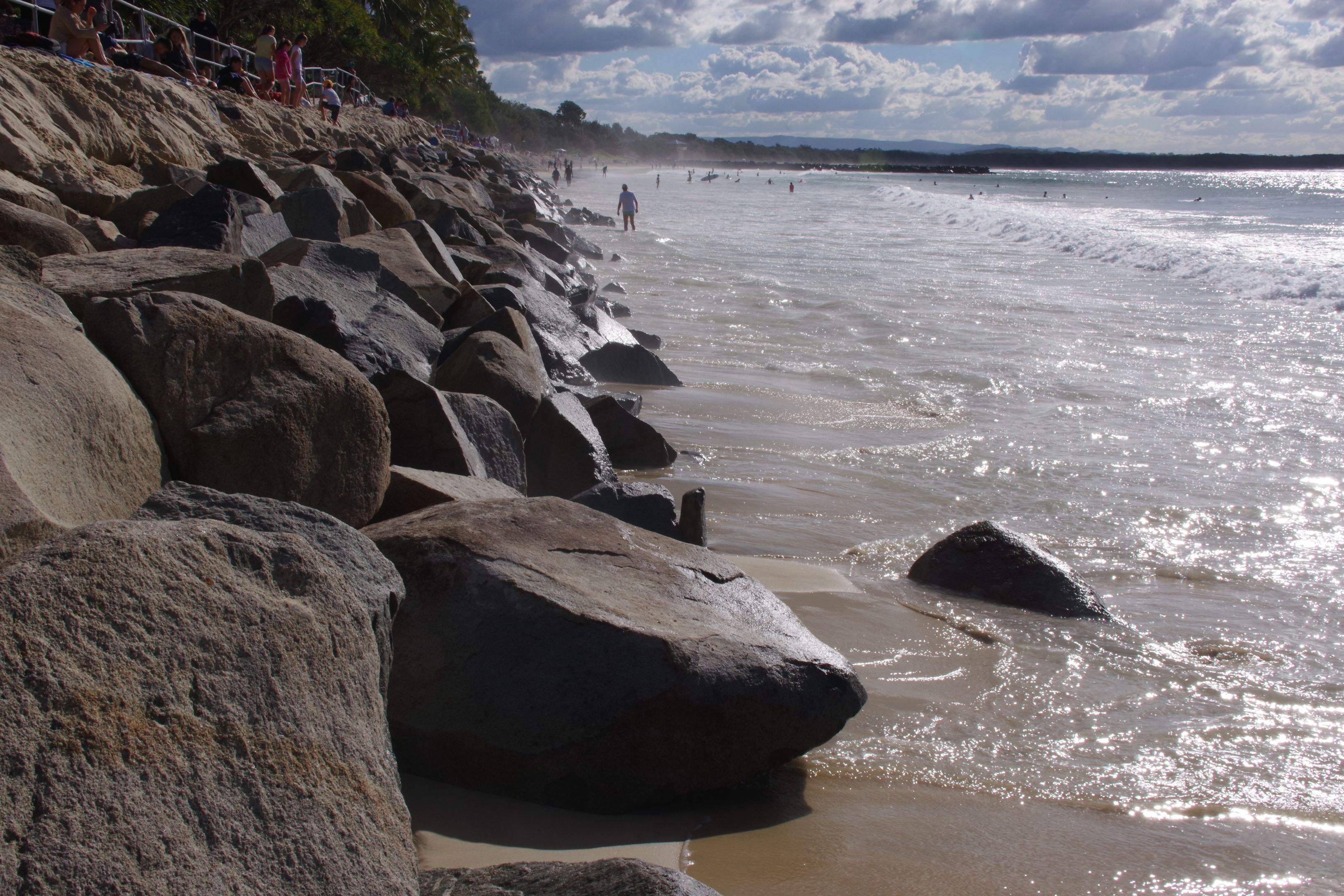As coastal communities around Australia grapple with the threat of dangerous erosion and wild weather, a new industry-linked Swinburne research project is using the power of wave energy to find a solution.
In partnership with Victoria's Moyne Shire Council and Western Australia's Mid West Ports Authority, the project will explore the use of wave energy converters to absorb and reflect the damaging waves that hammer Australia's vulnerable coastlines during severe weather events.
These wave energy converters, which are designed to be partially or completely underwater, extract renewable energy from the ocean that could be fed back into the grid as green electricity.
Project lead, Professor of Fluid Dynamics Richard Manasseh, says the solution is a win-win for local residents, government and industry.
'Conventional barriers, like sea walls, have a permanent impact on the environment and are a sunk cost for taxpayers,' Professor Manasseh says.
'By using a series of controllable wave energy converter units, we could use electricity sales to help pay back the costs involved, while reducing the risks of severe erosion and flooding.'
'We can also minimise the impacts on the local ecosystem. With care, local biodiversity may be regenerated or even enhanced.'

Professor Richard Manasseh says the proposed solution is a win-win for coastal communities, government and industry.
More than $226 billion of Australian assets are exposed to coastal erosion and flooding, with the cost to protect these assets expected to increase as the impact of climate change continues to be felt around the world.
The three-year project will understand how wave energy converters could switch between modes of protection and regeneration and the impacts this would have on costs and the local environment.
Partnering with industry
The $2 million project is supported by $436,000 in Federal Government funding through the Australian Research Council Linkage grant scheme. The University of Adelaide and UNSW are also collaborating on the project.
Swinburne Chief Scientist Virginia Kilborn says the research shows the importance of partnering with industry to create sustainable solutions to complex problems.
'By bringing people and technology together, we are creating a local solution that could have extraordinary global ramifications for energy production and the environment,' Professor Kilborn says.
'As an organisation that is committed to being carbon neutral by 2025, Swinburne is proud to be working with the community to help drive this important work.'
Moyne Shire Mayor Cr Ian Smith said coastal erosion was one of the key issues council was facing.
'As a council with a large coastline along the powerful Southern Ocean, we understand all too well the impacts of coastal erosion. We are proud to be partnering with Swinburne to research proactive solutions to this problem.'
Mid West Ports Authority Acting CEO, Damian Tully said, 'with wave energy having significant impact on the operations at Mid West Ports, we are eager to work with Swinburne on this research project to identify options that could potentially have dual benefit to our coastline and the operating environment at the port'.






